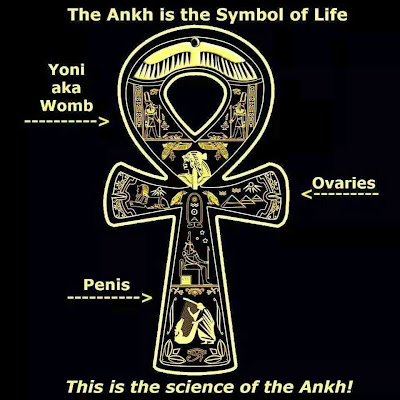 |
| Ank teachings |
A Thousand Rivers :
What the modern world has forgot about children and learning
by Carol Black
Before there was Phonics or Whole Language, there was the "Alphabet method," sometimes called "syllabification," where students were taught the letters of the alphabet followed by rote memorization and then combination of simple two-letter syllables, like BA BE BI BO BU and AB EB IB OB UB. Combined with ample doses of the "Whipping" method, it was apparently highly effective. The New England Primer, widely used throughout the northeastern colonies through the end of the eighteenth century, followed a short list of these syllable combinations with illustrated verses designed to show each letter of the alphabet in use (“In ADAM’s fall, we sinned all,” or “The idle FOOL is whipped at school.”) and then went promptly on to full texts of prayers, hymns, dialogues between Christ, Youth, and the Devil, and thrillingly lurid illustrations of Protestant martyrs being burned at the stake. The alphabet method was used successfully to teach reading for hundreds of years; "The New Discovery of the Old Art of Teaching School," written in 1660 by Charles A. Hoole, refers to it as “the ancient way of teaching, which is most naturall.” Some phonics advocates have tried to claim this method as a phonics approach, since clearly there is an element of teaching the relationships between letters and sounds; at the same time immediate whole word recognition was involved in the short verses, prayers, and catechisms which children learned by heart from their hornbooks or primers. Explicit phonics as we know it today, which separates individual phonemes from their context in syllabic letter groupings, and which attempts to explicitly teach the many irregularities in English letter-sound correspondences, was not developed until the nineteenth century.
This observation was made by a team of Kenyan and U.S. women anthropologists who conducted a longitudinal study of rapid social change among Gikuyu women and children in the town of Ngecha, Kenya from 1968 to 1973. It is not meant to represent the views of all Gikuyu women, many of whom now share the attitudes about education and learning common throughout the "developed" world. None of these statements is meant to imply that all of these cultures, or every individual within each culture, has identical views of learning. The phrasing is simply intended to convey that what is considered to be "common sense," i.e. obvious and self-evident, about children and learning, is by no means universal in all human societies. For citations for this and other descriptions of learning across cultures, please see the Sources listed at the end of the article.
The ethos of many indigenous cultures is intensely egalitarian, and any form of public boasting is seen as rude behavior. So, for example, for an Australian Aboriginal child "who is singled out and praised above the rest of the group….(s)uch praise is an embarrassment and may make the praised child feel as though he or she has let down the rest of the group. Consequently, this child lowers her or his performance to follow cultural mores." American children do this as well, because they often have a powerful instinct for egalitarian behavior toward friends, but it rarely occurs to adults to consider this as a possible reason for "underachievement." See "The Australian Aboriginal View of Giftedness, in Sources, below.
I'm speaking here of children who have reasonable access to safe housing, nutritious food, and parents who are employed at a living wage and are therefore able to provide books, digital media, trips to parks and gardens and museums and other resources to their children. The millions of children living in conditions of severe deprivation in the United States have more serious problems, but I would maintain that a living wage for their parents is the starting place for solving them, and we need to stop talking about education as though it were a substitute for economic justice.
In a tidy act of cultural appropriation, data-driven educators have begun to refer to all more flexible, experiential approaches to learning as products of "Romanticism," the European intellectual tradition typified by Rousseau and Pestalozzi, thus neatly attributing the real-world, time-tested pedagogical strategies of thousands of indigenous cultures around the world (of which they are presumably unaware) to a couple of European white guys. In so doing, they are able to subtly imply that these approaches to learning may be somewhat fanciful or unrealistic, unlike their own intellectually sound data-supported approach. The frequent failure of Europeans and Americans to successfully integrate more fluid ways of learning with a hierarchical, authoritarian, age-graded, standards-based understanding of education has even been taken as evidence that more fluid or learner-directed ways of learning are "urban legends." In other words, "We know how children learn - you don't" becomes "Our way of learning exists - yours doesn't."
 |
| Natashia Milburn's reflection |
No comments:
Post a Comment